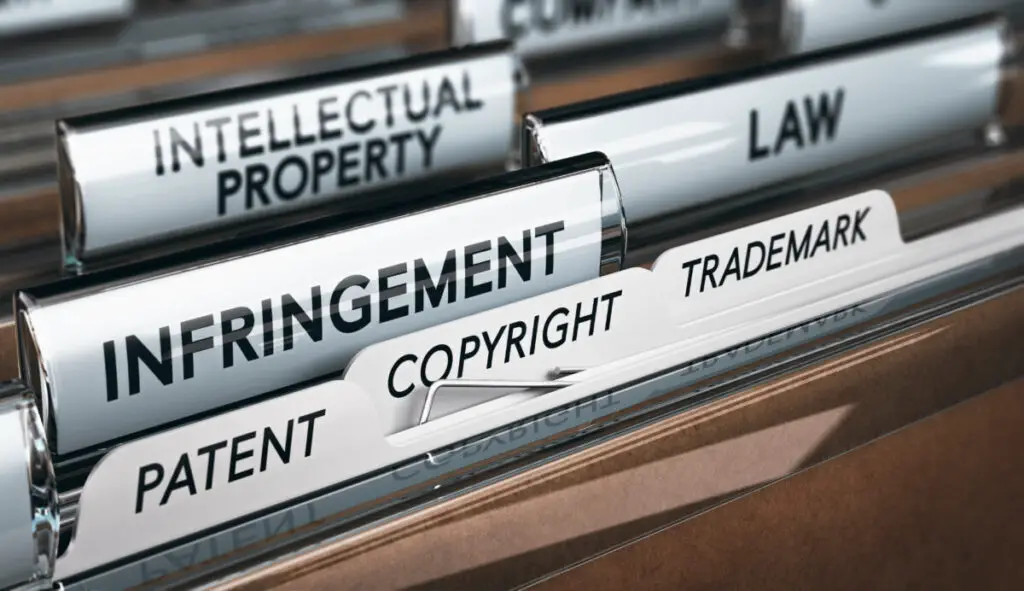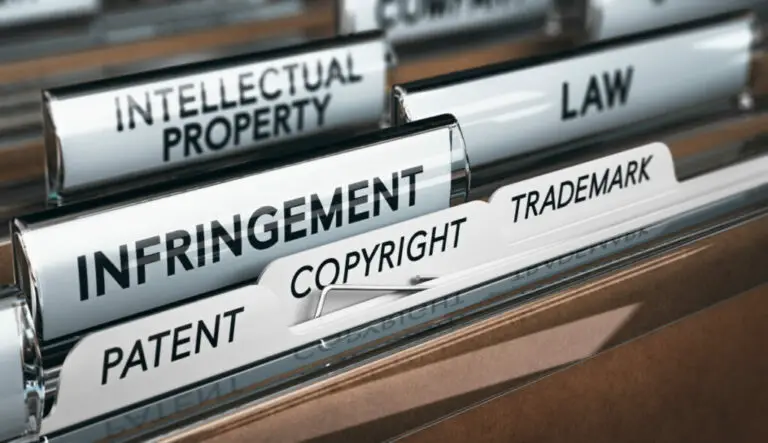How to File Your Own Trademark

Many people will hire an attorney to take care of the trademark filing process for them. Lots of types, classes, and legal jargon can make the process seem intimidating, but how difficult is it to file on your own?
The process of registering a trademark can be complicated. Filing a trademark involves the four steps of application, examination, publication, and registration. Most people struggle with correctly filling out the application, but checking for common issues will help simplify the process.
This article will outline all the steps you will need to take when filing a trademark on your own and will go over some of the most frequently seen issues. If you want to file without an attorney, keep reading to make sure the process goes as smoothly as possible.
Application
As long as you, as the applicant, live in the United States, you are not required to have an attorney when applying with the USPTO. If you are a foreign-domiciled applicant, a U.S. attorney is required. If you do not have an attorney representing you, make sure that you put a current U.S. address on the application and update it as needed after registration.
Before you send in the application, you should first check the trademark database for your desired trademark. If you find a similar trademark, in the same class, that is currently active, you will not be able to successfully file your trademark. Within the class(es) of goods or services you are dealing with, there cannot be any trademark duplicates or easily confused trademarks. Although, if there is a similar trademark in an unrelated class, you should still be able to file your trademark.
The application will require you to first verify your identity before filling out all the forms. USPTO uses a Trademark Electronic Application System (TEAS) that uses the same login as your USPTO.gov account. As part of the application, you will identify and classify the goods and services you are wanting to trademark. There are 45 different classes of trademarks possible. Lots of businesses will fall into many different classes. Although the application costs more for every additional class, it is usually in your best interest to claim as many classes as could possibly be relevant. Being registered under more classes offers more protection, and you will not be able to add classes after the initial application. You can always reduce the number of classes though.
Another important part of the application process is the filing basis. Your filing basis is your legal justification as to why your trademark exists and should be registered. This is typically either “use in commerce” or “intent to use”. Foreign registration will require a different filing basis. “Use in commerce” means that you are actively using your trademark in commerce outside of your state. To prove that you are using your trademark, you will submit a sample of your good or service and a brief historical record of your trademark usage.
“Intent to use” is the filing basis for people who have a trademark and plan to use it in commerce, but have not yet used it in transactions outside of their state. Filing with this basis promises that you intend to be using your trademark within three to four years. Failing to meet the requirement of an intent to use filing basis can incur fees. (Source)
Examination

After submitting the application and paying the associated fees, your application will have a serial number that you can use to track the progress of the filing. At the same time, your trademark will be assigned an attorney that will examine your application and report any issues to you and to the USPTO. If there are problems, you will have the opportunity to submit forms to correct the issues, although these forms typically come with more fees.
The attorney is first going to check your trademark with the existing database for any similar marks. If you did your check well, this should not be an issue. They will also check on your class claims and your filing basis. If there are no issues, the attorney will approve the application, and it will move onto publication.
If the attorney does find any issues with your application, you will get a notice of what the problems are and how you can fix them. Although, there are problems that cannot be fixed that will result in a refused application. Various response forms will help you submit corrections to the application if possible. After corrections, the attorney will reexamine your trademark request. If it is approved, it moves to publication. If it still has issues after submitting corrections, the trademark will not be registered. (Source)
Common Issues
As attorneys are examining applications, there are a few common problems that are seen over and over again. Some of these issues can be fixed, but many of them cannot be amended and will result in a refused application.
Problems that cannot be fixed include having a weak or generic trademark (including using a common phrase), being too similar to an existing trademark, incorrectly identifying the trademark owner, or incorrectly identifying your goods and services.
Common problems that do have the potential to be fixed with a response form are having a descriptive trademark, trademarking a name without the person’s consent, trademarking a surname by itself, or an insufficient example of use in commerce. (Source)
Publication
Publication is the waiting period between approval and actual registration. Once a trademark is approved, the USPTO publishes the mark and allows 30 days for anyone to contest the mark. This gives other people to opportunity to come forward and submit a notice of their opposition if they think that your trademark will harm them or their business in any way. If someone opposes the trademark, it will trigger the start of a legal proceeding.
Once 30 days pass without any notices of opposition, the trademark can move onto the final step. (Source)
Registration

The amount of time that it takes for your trademark to be officially registered after being approved and passing publication depends on the filing basis. If you filled under “use in commerce,” the trademark immediately starts to be processed for registration. The processing can take a few months, but you will receive a notice when the trademark is official.
If you filed under “intent to use,” the journey to official registration will take a bit longer. Within a few months of publication, you will receive a notice that your trademark has moved on to the next step, and this notice will also include a deadline for showing use. The trademark will not be registered until after you can prove that you are actively using it in commerce outside your state. Before the deadline, you must submit a “statement of use” form that includes proof of how you are using your trademark. After you submit the form and the form is approved, the trademark will then be processed for registration. (Source)





